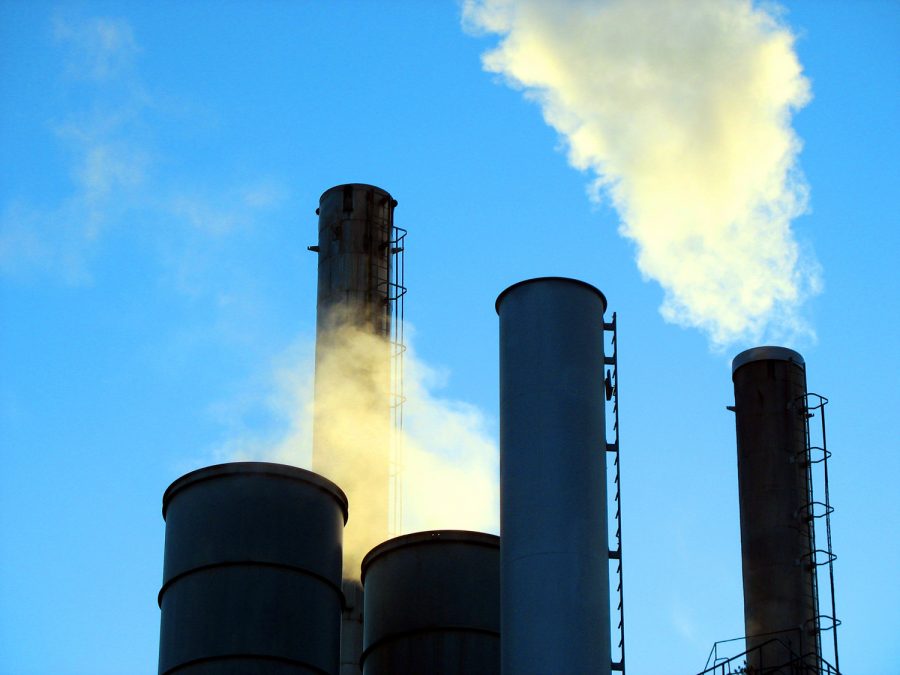Editorial: Link between pollution and COVID-19 mortality rate should have Allegheny County’s attention
Allegheny County’s high levels of air pollution may put residents more at risk for contracting COVID-19.
April 7, 2020
A recent study by Harvard University’s School of Public Health linked long-term exposure to air pollution to a higher risk of death for those infected with the coronavirus.
This correlation is especially relevant for residents of Allegheny County, an area with notably poor air quality due to pollution. It’s imperative that the county, of all places, considers this correlation and has a frank and honest conversation about tackling air pollution once this pandemic is over.
Harvard’s study — which accounts for about 3,000 counties, or 98% of the nation’s population — found that, over a prolonged period of exposure to pollution, an increase of just one microgram of fine particulate matter per cubic meter is enough to raise the coronavirus mortality rate by 15%. The study also determined that if Manhattan’s average levels of fine particulate matter for the past 20 years were a single microgram per cubic meter lower, it could have lowered the coronavirus death toll in New York by 248 deaths.
The average level of fine particulate matter in Allegheny county falls between 11 to 12 micrograms per cubic meter. This is significantly above the national average of 8 micrograms per cubic meter — especially when considering that a difference of one microgram can significantly increase the risk of death from the coronavirus — and it has been at about this level since 2011.
The fact that the level of fine particulate matter in Allegheny County’s air has not decreased over the last nine years is worrying. It is this prolonged exposure that results in the raised mortality rate for the coronavirus. This demonstrates yet another reason why Allegheny County needs to prioritize air quality improvement.
While the additional risk certainly affects everyone, it is more hazardous to people who are already considered at high risk for contracting the coronavirus. This includes people over the age of 65 and those with underlying health issues such as asthma, diabetes or immunodeficiencies.
Certain areas of Allegheny County — including Tarentum, West Deer Township and Penn Hills — have large portions of the population who are considered to be at high risk, meaning that they may be more likely to suffer serious consequences.
Recent updates to the CDC’s recommendations can help keep residents safe for the duration of the pandemic. The CDC recommends that people start wearing a face covering when they go out in public — which should still be a very limited occurrence. Social distancing remains the best way to limit the spread of the virus, and as such residents must continue practicing social distancing precautions. These include maintaining 6 feet of physical distance from others, generally limiting face to face contact with others.
However, while these measures are worthwhile for the time being, they will not solve the issue of air pollution — they are simply ways to reduce the risk of being infected with the coronavirus.
It is up to Allegheny County to take measures to improve air quality and ensure that better standards are made the norm in the future.



